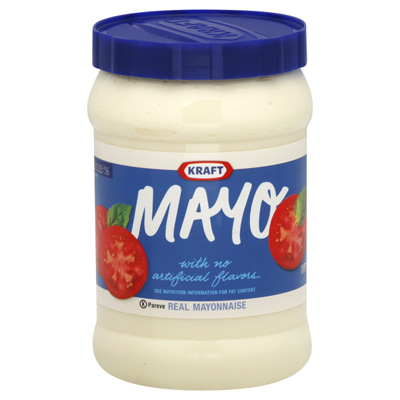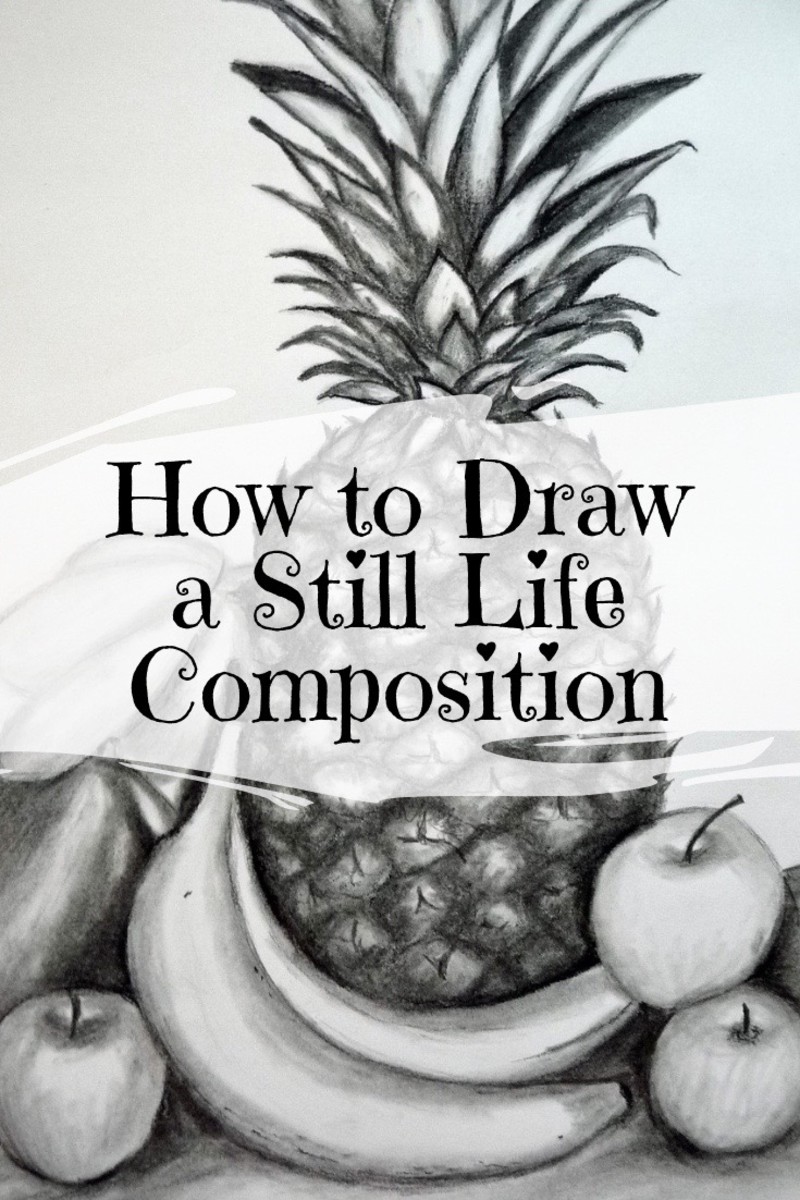I Speak Of Death And Mayonnaise: Louise Penny's Still Life


Death’s Spatula Cometh
Happy Fourth of July weekend, beautiful nerds. Let’s celebrate. How does a steaming cup of murder and intrigue sound? It will go well with your pie of deceit. Allow Louise Penny to help you with her special spatula called Still Life. It’s the newest brand of kitchenware (part of the same line as the Bubonic Plague Sauce Pans) and it’s all the rage right now.
Fine, you caught me in my filthy lies (but who wouldn’t wanted to fry their eggs with death?). Still Life is actually Penny’s first novel in the Inspector Gamache series. It won some important literary award in Canada, as well as some local contest that featured promising upcoming authors (I think. Like I research this stuff before I write about it.). The book takes place in a sleepy little village called “Three Pines,’’ which is—insert drum roll here—not as tranquil as it seems.
A local woman named Jane Neal is found dead in the woods on Thanksgiving weekend. She is discovered to have been fatally wounded with an arrow, and because this happens during hunting season, the townsfolk label it as a tragic accident. But as nobody comes forward to admit to causing this alleged “accident,” suspicion brews and Inspector Gamache is called in to investigate.
An Interlude….
Before I get into my analysis (I know you’re all on the edge of your seats for your weekly enlightenment), I want to preface this by saying that I picked this book up blindly—literally. My library is featuring a “blind date with a book” this summer, which means they wrap up books, stick a summary on the cover without giving too much away, and dare you to go in to this “relationship” without knowing what you’re getting. Who can resist such intrigue? Plus, the summary to this novel had the word “dead body” in it, so you know I’m all on board with that.
P.S. If anyone could recommend some future summer reading, it’d be much appreciated. Summer is halfway over already (can you believe it?) and God knows I haven’t bloviated enough yet. Hearing from you would make me kick my heels with glee. Plus, it’d save my lazy ass the trouble of going to the library again. Cute “book date” or not, I detest all sorts of movement and would like to avoid as much of it as possible. That being said….


Let’s Talk Title
Like any good title, this one makes you think. And when we think, guys, things happen (that’s why I don’t recommend it on a daily basis). For instance, did you know that this title actually means something significant? Yeah, I’m surprised too. Who would’ve thought an author would do this to us?
Still Life may seem like a bland choice at first, but it is in fact a clever reference to the fact that every human heart contains a seed of darkness, and whether or not this lusty, sinister foliage is permitted to bloom is entirely up to us.

The Grand Charade
This misleading portrait of “still life” is exemplified in Penny’s characters, who are vehicles used to explore this theme of hidden darkness. They all have secrets, and I’m not just talking about a secret preference for herbal tea when the rest of your friends favor cappuccinos. I’m talking about big, fat, juicy vices like adulterous longing and murderous intent.
Take Ben Hadley, for example. He is Peter Morrow’s (one of the townsfolk) oldest friend and is like the sweetest guy ever. Sure—sweet as pie with some lust-flavored whipped cream on top (that sounded absolutely filthy, but you know what I mean). He admits to Gamache that he is harboring a secret love for Clara, Peter’s wife. Can he keep his mitts off her? You’ll have to read to find out.
Then there’s Ruth Zardo, one of Jane’s close friends. She may be crotchety, but she has a heart of gold filled with loyalty towards those she loves, right? Absolutely—except when this crusty old raisin thinks she knows better than them what will make them happy. She is revealed to be the one responsible for splitting up Jane and the man she loved a long time ago.
Also consider Yolande Fontaine, Jane’s only near relation. She is always fashionably put together and looks to be the very portrait of worldly success. Yep—but she’s about as sparkling as a sewer drain in reality, and is shown to be a cold woman who seethes with spite and greed. When Jane dies, the only thing Yolande can think about is who gets the house.
The novel’s closing paragraph leaves us with a thoughtful meditation on this duel and paradoxical essence of human existence. Gamache is watching the town wake up in the early morning and thinking that it was not a busy place filled with busy lives, “but neither was it still.’’ Here, the readers are left to reflect that evil can lurk in the most unsuspecting and intimate of places: their heart.

Penny’s Prose (Alliteration, You Cheeky Dog)
Now it’s time to step out of the book for a moment and turns to its god, who fashioned it out of nothing and breathed into its nostrils (er, pages) the breath of life. Namely, Louise Penny. How does she fair against my crystal-clear scrutiny and infallible convictions? Well, let’s talk about the positives first.
Prose, prose, and more prose. Penny’s style is nothing to dismiss. She has a wonderful knack of painting both the beautiful and sordid with equal vitality. She can make you see the burning, frosty tips of crisp autumn leaves while also permitting you to visualize shortly thereafter the unwelcome pleasantness of a boy’s mouth full of mayo. (Seriously, yuck. I’m never getting over her description of mayonnaise “glops” dripping off some kid’s teeth. The very recollection makes my stomach turn.)
In a modern literary era that values Hemmingway’s “iceberg” method (GAG me) over Fitzgeraldian prose, I have to say that I enjoy reading the work of a newcomer who has an appreciation for the multifaceted gem that is the English language, and who knows how to turn the jewel at just the right angle so that her readers are perpetually dazzled and continually surprised by varying rays of color and vibrancy.

I Bring You…Mr. Cardboard!
But the negatives are there as well, and they drag the book down to a level of mediocrity that it would perhaps not have reached otherwise. I’m talking about the main character, which is kind of a big problem. Gamache is as flat as a piece of toast that’s been plowed over by a Sherman tank.
Penny tries too hard to make him likeable, and the result is that his character soars high into the doomed summits of utter blandness. He’s too courteous, too thoughtful, too nice, too respectful, too smart, and way too happy with his wife. I mean, I don’t have to have him throwing pans at her or anything, but their sunshiny love is kind of ridiculous, especially since they’ve been married for decades. As Anne Shirley would say, I like my friends to be full of original sin. I don’t want to read about someone better than me. Who's got time for that?
That being said, I will admit that I can appreciate Penny’s attempt to do something different with this genre. A lot of mystery novels display how being a detective is all engrossing and ultimately damaging, how it tears the fabric of family life and deteriorates romantic relationships. Penny tries a new angle by giving Gamache a healthy personal life. But again, she does it too well. This overly perky portrayal just makes him seem like a cardboard cutout rather than an actual person.
The Bearded Russian Woman
But this is a mystery novel, so how does Penny measure up to the biggest question of all: surprising us with the culprit? Not bad, actually. It’s relatively surprising and the motivation given is believable. The only problem is that we’re told about it rather than shown.
We get an exciting chase seen that abruptly ends, and the next chapter picks up with the perpetrator arrested and Gamache explaining his/her motivations to the townspeople. Rather than showing the readers a glimpse into this person’s psyche, unraveling how he/she did it and what they felt while doing it, etc., we just get it from the lips of Mr. Cardboard.
Um, did I just overdose on drugs and black out for a minute? What happened to the basement full of snakes? (Yes, that's as cool as it sounds.)
I would have liked to see this person's state before and after the murder. I want to watch them psychologically and morally unwind before my very eyes, dammit. Like Raskolnikov (but less whiny). At the very least, I feel like I should get to witness the conversation he/she had with Gamache after he/she was arrested. Instead, I get crucial information chopped up into condensed, half-assed bullet points, all because the writer was too lazy to write a few more pages.
Maybe that’s just a personal preference, but since it’s mine, it’s the most correct. So work on those Dostoevsky-levels of character insight, turn into a bearded Russian, and try again, Louise.
I’ll wait.


Drum Roll, Please
Overall, I would probably not go out of my way to hunt down another Penny book on a rainy day. However, I will say that the little village of Three Pines was a nice detour. Good themes, decent mystery, provocative message. Plus, when you’re like me and you’ve read everything because you’re a genius, it’s always nice to find a new book.
As I rated this book “date” on the little sheet so graciously provided by the librarian: “Ok, I’d probably tell my friends.’’ But this is definitely not a serious thing by any means. I can’t form a long-term commitment to someone so obsessed with describing mayo.








